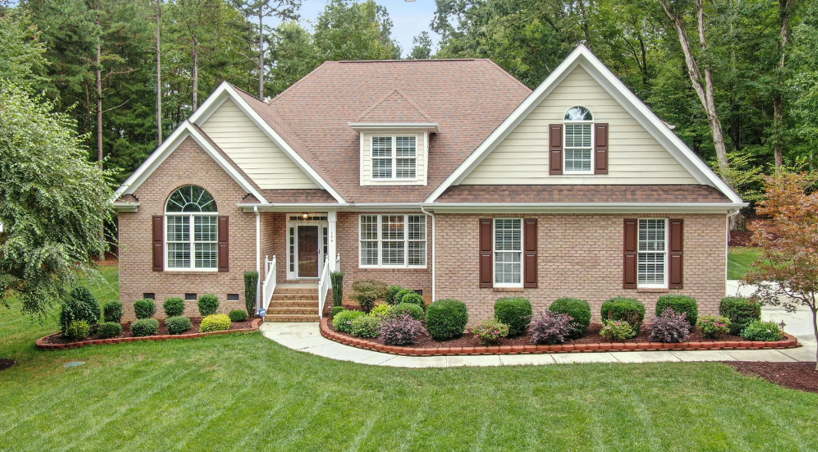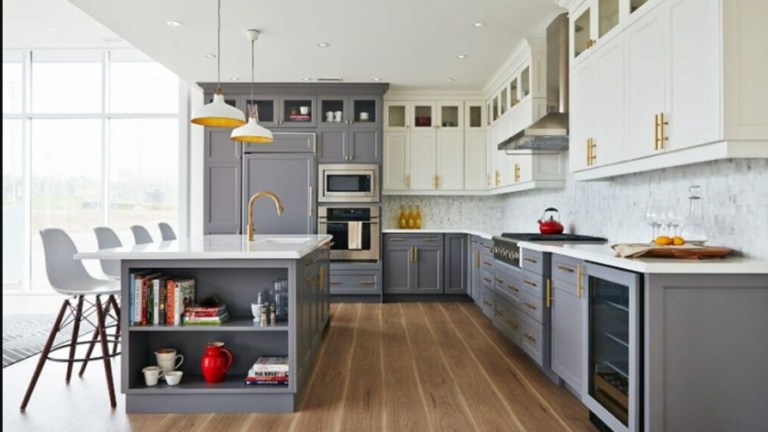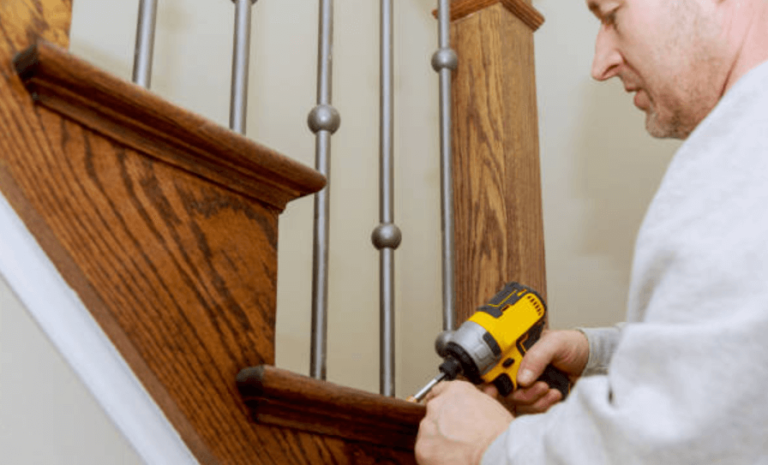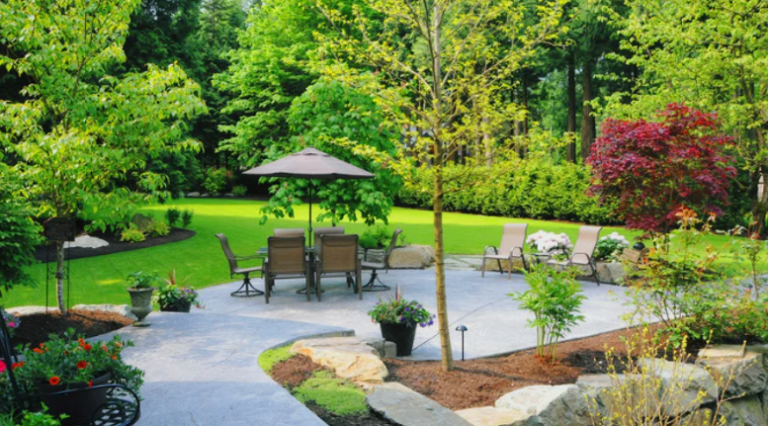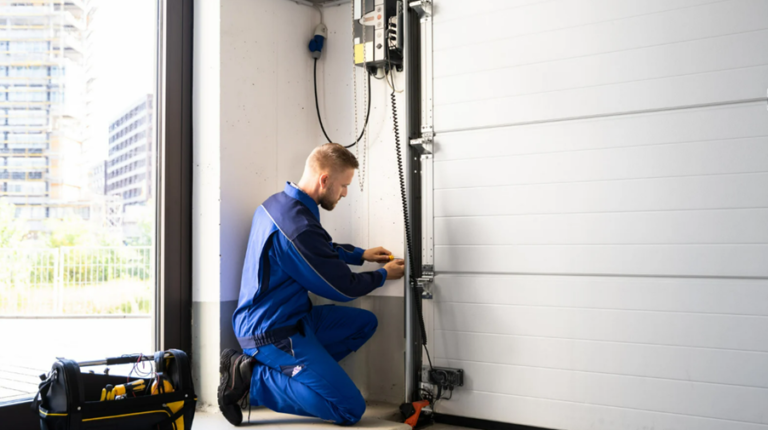Choosing the Right Materials for a Durable Custom Home
When building a custom home, aesthetic appeal is important, but durability is non-negotiable. Selecting the right materials not only enhances structural integrity but also reduces long-term maintenance costs, boosts energy efficiency, and ensures your investment withstands the test of time.
Homeowners working with custom home builders in Naperville understand that material choices must be tailored to the region’s climate, local building codes, and the homeowner’s lifestyle. This strategic approach ensures that every square foot is built to last, not just impress.
What Makes a Material “Right” for Custom Homes?
A material isn’t right just because it’s expensive or trendy. It must meet specific performance metrics: durability, resistance to moisture and pests, thermal performance, and lifecycle cost. Custom builders assess everything, from framing lumber and insulation to exterior cladding and roofing, to align with both structural needs and design goals.
For example, in climates with extreme temperature fluctuations, thermally efficient materials like insulated concrete forms or engineered wood can significantly improve energy retention. Likewise, using fiber cement siding or brick ensures long-term weather resistance without sacrificing aesthetics.
The Role of Your Builder in Material Selection
Custom home construction isn’t just about choosing finishes; it’s about planning for resilience from the ground up. That’s why choosing a luxury home builder before buying land is essential, as one who has deep knowledge of structural systems and material science is critical. Their expertise informs every decision, from subflooring that resists warping to roof systems that prevent water intrusion.
Builders collaborate with architects and engineers to vet material compatibility across systems, ensuring thermal expansion, structural loads, and environmental conditions are all accounted for. This prevents future failures due to mismatched or substandard components.
Sustainability and Smart Sourcing
Durable materials increasingly overlap with sustainable ones. Reclaimed hardwood, low-VOC insulation, and recycled steel offer strength and longevity with a reduced environmental footprint. Additionally, using locally sourced materials can reduce lead times, minimize carbon emissions, and ensure the product is suited to local conditions.
Durability also means fewer replacements, which in turn leads to reduced environmental impact over the life of the home. Builders are now focusing on life cycle costing, not just upfront costs, when helping clients make material selections.
See also: Temporary Home Decor Solutions for Rented Spaces
Pre-Construction Insights Matter
Homeowners often underestimate how much planning goes into custom builds. There are numerous things to know before building a custom home that affect everything from materials to layout, energy usage, and code compliance. Overlooking these early insights can lead to compromises later, especially when budgets are tight or timelines shift.
The best builders mitigate these risks by front-loading decisions. This includes aligning your material preferences with structural requirements, ensuring availability, and preempting maintenance concerns through smarter selections.
Conclusion
Building a durable custom home is a balance of engineering, design, and foresight. The materials you choose set the foundation for performance, sustainability, and long-term value. From structural framing to surface finishes, every component should be selected with purpose and precision.
By working with professionals who understand how to align your vision with structural demands, your custom home will not only look stunning, but it will also endure. Durability isn’t a bonus; it’s the baseline of true craftsmanship.
